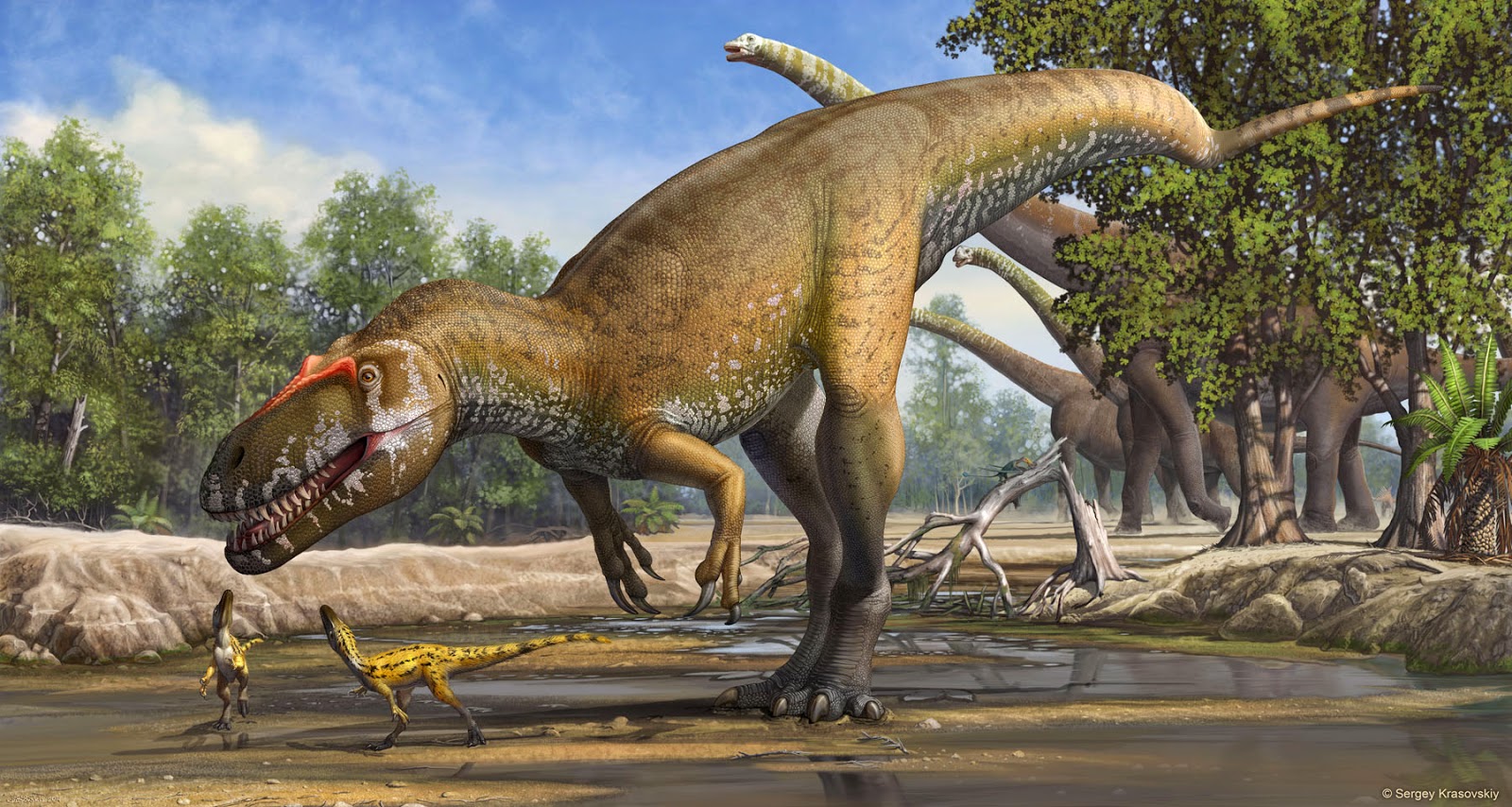| Eodortoka morellana Illustration by Carlos De Miguel Chaves |
Highlights
• A new turtle taxa, Eodortoka morellana gen. et sp. nov. is proposed here.
• The new taxon comes from the Aptian of the Spanish Arcillas de Morella Formation.
• It is the only nominated dortokid prior to the uppermost Cretaceous.
• It shows several primitive characters not shared with the so far described dortokids.
Abstract
Dortokidae is a relatively poorly-known clade of Pan-Pleurodira, exclusively recognized in Europe. It is the only clade of Laurasiatic pan-pleurodirans known in the post-Jurassic record. Its presence has been recognized in several locations and ages. However, only two nominated valid taxa have been described so far: the western European Upper Cretaceous Dortoka vasconica, and the Romanian late Paleocene Ronella botanica. A new dortokid is studied here, Eodortoka morellana gen. et sp. nov. This new taxon is the oldest nominated dortokid, coming from the lower Aptian (Lower Cretaceous) of the Spanish town of Morella. It shows several primitive characters not shared with the so far described dortokids, such as the presence of mesoplastra and the absence of overlap of the second pair of pleural scutes onto the first pair of costal plates. The comparison of Eodortoka morellana gen. et sp. nov. with other specimens allows us to recognize the presence of two members of Dortokidae in the Iberian Lower Cretaceous record. This study shed light on the early evolution of Dortokidae, as well as on the systematic and paleobiogeography of this clade.
Keywords: Pan-Pleurodira; Dortokidae; Early Cretaceous; Europe; Morella
Keywords: Pan-Pleurodira; Dortokidae; Early Cretaceous; Europe; Morella
 |
| New mesozoic turtle Eodortoka morellana found in Morella, Castelló, Maestrazgo Basin, Iberian Range, Spain. Illustration by Carlos De Miguel Chaves |
Systematic paleontology
Testudinata Klein [in Behn], 1760
Testudines Treviranus, 1802
Pan-Pleurodira Joyce, Parham and Gauthier, 2004
Testudines Treviranus, 1802
Pan-Pleurodira Joyce, Parham and Gauthier, 2004
Dortokidae Lapparent de Broin and Murelaga, 1996
Eodortoka morellana, gen. et sp. nov.
Etymology. The generic name is composed by the terms Eo-, Greek for dawn, representing the oldest named genus of Dortokidae; and -dortoka, basque for turtle, the name of the type genus of this clade. The specific name refers to Morella, the town where the Mas de la Parreta quarry is located.
Referencia: Pérez-García, A.; Gasulla, J.M.; Ortega, F. 2014. Eodortoka morellana gen. et sp. nov., the first pan-pleurodiran turtle (Dortokidae) defined in the Early Cretaceous of Europe. Cretaceous Research. 48;130–138. DOI: dx.doi.org/10.1016/j.cretres.2013.12.004













































